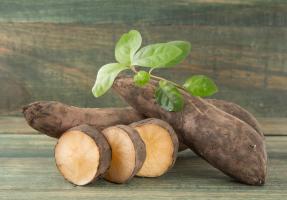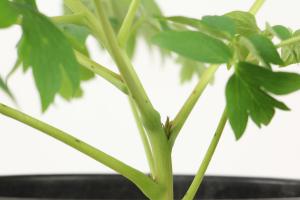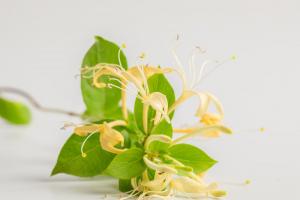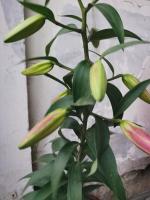Do you leave plants in plastic pots?
Plastic pots are a common choice for many gardeners due to their durability, affordability, and ease of use. However, it is important to consider whether or not leaving plants in plastic pots is a good idea for the health and growth of your plants. Here are some things to keep in mind when deciding whether to leave your plants in their plastic pots.
The pros of leaving plants in plastic pots
One of the main benefits of leaving plants in plastic pots is that they are easy to move around. Plastic pots are lightweight and can be easily shifted from one location to another without risking damage to the plants. This can be particularly useful if you need to move your plants indoors during the colder months or if you need to rearrange your outdoor space.
Another benefit of plastic pots is that they can provide good drainage for your plants. Most plastic pots have drainage holes at the bottom, allowing excess water to escape and preventing your plants from becoming waterlogged. This is especially important for plants that are sensitive to overwatering, such as succulents and cacti.
The cons of leaving plants in plastic pots
While plastic pots have many advantages, there are also some drawbacks to leaving your plants in them. One of the main issues is that plastic pots can become hot and dry quickly, particularly in direct sunlight. This can cause the soil and roots of your plants to dry out, which can be detrimental to their health and growth.
Another potential problem with plastic pots is that they do not provide as much insulation for your plants as other types of pots. This means that your plants may be more susceptible to temperature changes, particularly in extreme weather conditions. This can be particularly problematic for plants that are sensitive to cold or heat.
Alternatives to leaving plants in plastic pots
If you are looking for alternatives to leaving your plants in plastic pots, there are several options available. One popular option is to use ceramic or terracotta pots, which provide better insulation and moisture retention for your plants. These types of pots are also more aesthetically pleasing than plastic pots and can add a decorative touch to your indoor or outdoor space.
Another option is to use fabric pots, which are made from breathable materials and provide excellent drainage for your plants. These types of pots are particularly useful for plants that are sensitive to overwatering or root rot, as they allow the soil to dry out more quickly than plastic pots.
Conclusion
Ultimately, whether or not you leave your plants in plastic pots is up to you. It is important to consider the needs of your plants, the environment they are in, and your personal preferences when making this decision. By understanding the pros and cons of plastic pots and exploring alternative options, you can make an informed choice that will help your plants thrive and grow.

 how many times do yo...
how many times do yo... how many planted tre...
how many planted tre... how many pine trees ...
how many pine trees ... how many pecan trees...
how many pecan trees... how many plants comp...
how many plants comp... how many plants can ...
how many plants can ... how many plants and ...
how many plants and ... how many pepper plan...
how many pepper plan...































